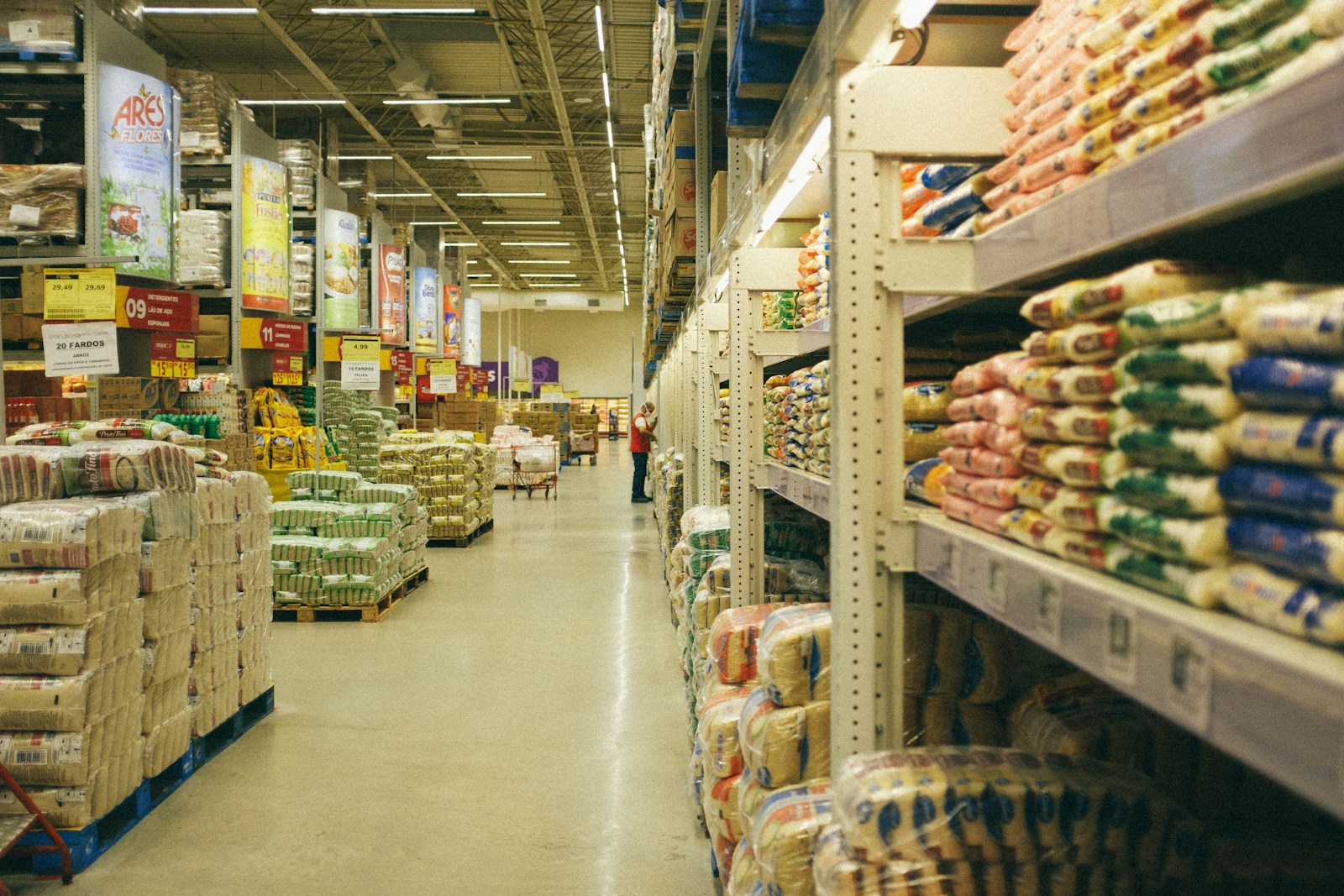The landscape of refrigerated warehousing is undergoing a significant transformation driven by automation and advanced technologies. As businesses strive to enhance efficiency, reduce costs, and ensure the quality of perishable goods, automated refrigerated warehousing is emerging as a game-changer. This article explores the future of automated refrigerated warehousing and its potential impact on the industry.
- Technological Advancements Driving Automation
1.1 Robotics and Automated Guided Vehicles (AGVs)
- Increased Efficiency: Robotics and AGVs can operate around the clock, significantly increasing the efficiency of warehouse operations.
- Precision and Accuracy: These systems can handle products with high precision, reducing the risk of damage and ensuring accurate order fulfillment.
1.2 Internet of Things (IoT) and Sensors
- Real-time Monitoring: IoT-enabled sensors provide real-time data on temperature, humidity, and other critical parameters, ensuring optimal storage conditions.
- Predictive Maintenance: IoT devices can predict equipment failures before they occur, minimizing downtime and maintenance costs.
1.3 Artificial Intelligence (AI) and Machine Learning
- Demand Forecasting: AI can analyze historical data to predict demand patterns, helping businesses manage inventory more effectively.
- Warehouse Optimization: Machine learning algorithms can optimize warehouse layouts and workflows, enhancing operational efficiency.
- Benefits of Automated Refrigerated Warehousing
2.1 Enhanced Efficiency and Productivity
- Continuous Operation: Automation allows for 24/7 operations, increasing throughput and productivity.
- Reduced Labor Costs: Automated systems reduce the need for manual labor, lowering overall labor costs.
2.2 Improved Accuracy and Consistency
- Error Reduction: Automation minimizes human errors in picking, packing, and shipping processes.
- Consistent Quality: Automated systems ensure consistent handling of products, maintaining their quality.
2.3 Better Space Utilization
- Vertical Storage Solutions: Automated systems can utilize vertical space more effectively, increasing storage capacity.
- Optimized Layouts: Automation enables more efficient warehouse layouts, reducing wasted space.
- Challenges and Considerations
3.1 High Initial Investment
- Cost of Automation: Implementing automated systems requires significant upfront investment in technology and infrastructure.
- Return on Investment (ROI): Businesses need to carefully evaluate the ROI of automation to justify the initial costs.
3.2 Integration with Existing Systems
- Compatibility Issues: Integrating new automated systems with existing warehouse management systems (WMS) can be challenging.
- Training and Adaptation: Employees need to be trained to work alongside automated systems, requiring time and resources.
3.3 Maintenance and Technical Support
- Technical Expertise: Maintaining and troubleshooting automated systems requires specialized technical expertise.
- Ongoing Maintenance: Regular maintenance is essential to ensure the smooth operation of automated systems.
- Future Trends in Automated Refrigerated Warehousing
4.1 Increased Adoption of AI and Machine Learning
- Predictive Analytics: AI will play a crucial role in predictive analytics, helping businesses make data-driven decisions.
- Autonomous Operations: Future warehouses will see increased autonomy, with AI managing and optimizing operations with minimal human intervention.
4.2 Greater Integration with Supply Chain
- Seamless Connectivity: Automated refrigerated warehouses will be seamlessly integrated with other parts of the supply chain, enabling real-time data exchange and coordination.
- Enhanced Visibility: Improved visibility across the supply chain will allow for better tracking and management of perishable goods.
4.3 Sustainable Practices
- Energy Efficiency: Future automated warehouses will focus on energy-efficient technologies to reduce environmental impact.
- Sustainable Materials: The use of sustainable materials in construction and operations will become a priority.
The future of automated refrigerated warehousing holds immense potential for revolutionizing the storage and management of perishable goods. As technology continues to advance, businesses will benefit from increased efficiency, improved accuracy, better space utilization, and enhanced supply chain integration. However, to fully realize these benefits, companies must address challenges related to cost, integration, and maintenance. Embracing automation in refrigerated warehousing will not only drive operational excellence but also position businesses for long-term success in an increasingly competitive market.


 Dave McGowan has been a member of the WEL Family since May 1989. He is a husband and father of two children. Dave is also a U.S. Army veteran and served in Vietnam in 1971-1972, and he attended driving school soon after he was released from the military in 1974.
Dave McGowan has been a member of the WEL Family since May 1989. He is a husband and father of two children. Dave is also a U.S. Army veteran and served in Vietnam in 1971-1972, and he attended driving school soon after he was released from the military in 1974. During his career with WEL, Phil has worked as a driver, dispatcher, terminal manager and customer service manager. He says he always was a driver first, though non-driving jobs taught him financial management that helps him as an owner-operator.
During his career with WEL, Phil has worked as a driver, dispatcher, terminal manager and customer service manager. He says he always was a driver first, though non-driving jobs taught him financial management that helps him as an owner-operator.